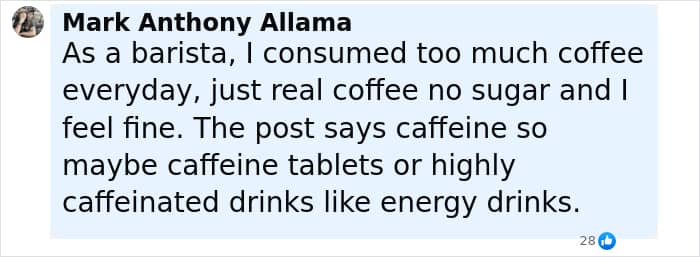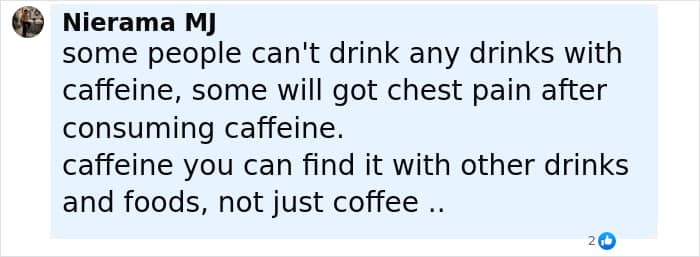An Australian woman passed away after overdosing on caffeine tablets and being misclassified as a low-priority emergency.
Christina Lackmann, 32, phoned for help from her Melbourne apartment, weak and alone.
She didn’t say she’d taken pills and the operator, unaware, marked the call non-urgent.
By the time help arrived, seven hours had passed and she was already gone.
HighlightsA 32-year-old woman called emergency services when she started to feel weirdThe operator designated her a non-urgent caseParamedics arrived seven hours later and found that she had been deceased for hoursRELATED:Lackmann’s case was transferred to a non-urgent department.

The ensuing inquest, published on June 2, 2025, has since attributed her passing to caffeine toxicity and implicated an ambulance delay in her demise.
It notes that on the 22nd of the same month at 7:49 p.m., Lackmann, who was home alone, dialed 000 (Australia’s equivalent of 911).
During the call, the operator determined that she was “completely alert, and responding appropriately,” “breathing normally,” did “not have any pain,” “was not bleeding or vomiting blood,” and that her primary complaint was “dizziness/vertigo.”
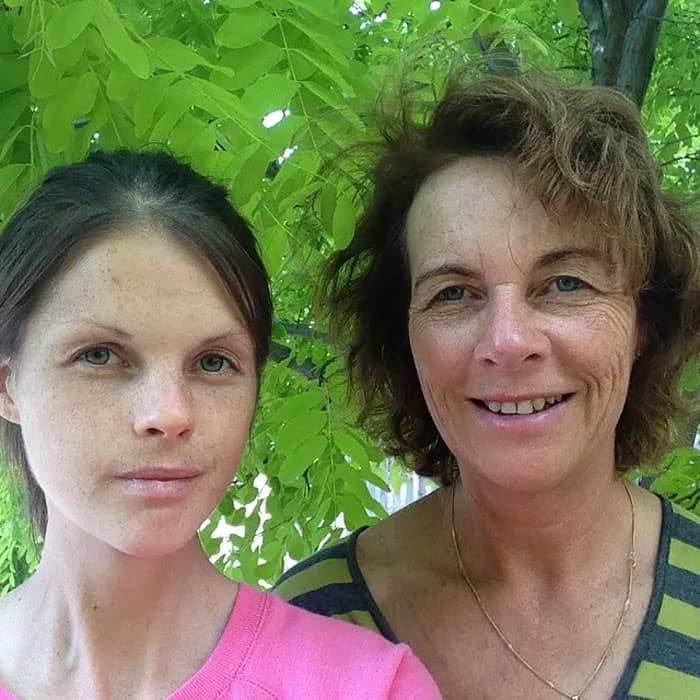
As such, the operator deemed her case “non-urgent” and attempted to transfer the call to the appropriate department—the Referral Service Triage Practitioner (RSTP).
After one hour and 14 attempted contacts, Christina’s case was escalated to a higher priority
The operator had been unable to transfer the call as all RSTP lines were busy. They instructed Lackmann to keep her phone nearby and turned on, and said she would be contacted shortly.
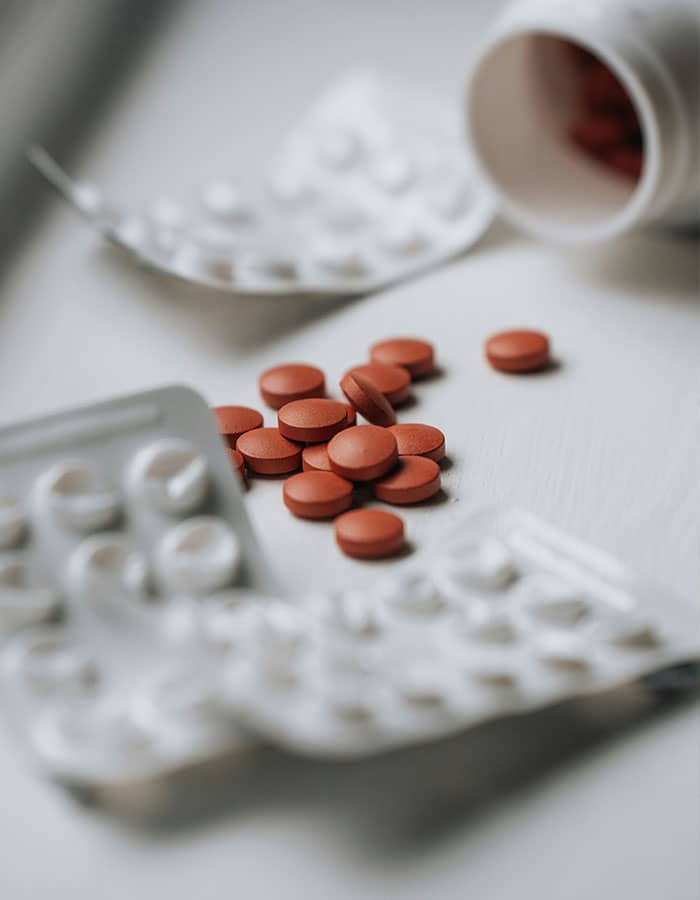
The RSTP service eventually called back—26 minutes later. According to the legal report, RSTP personnel called Lackmann 14 times and left a voicemail.
The investigation also noted that no ambulances were available in Lackmann’s vicinity, contributing to the delay. Roughly an hour after her initial call—and after repeated failed attempts to contact her—her case was upgraded to Level 2, a higher priority.
An ambulance ultimately arrived at her address seven hours after she had first called for help
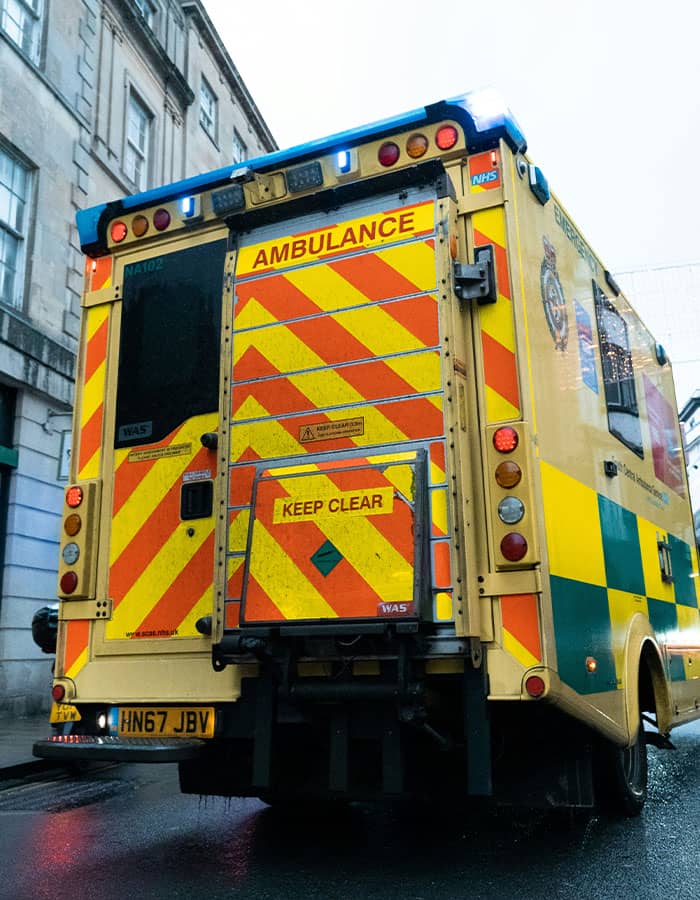
The report further states that ambulances were dispatched to her location twice—at 9:14 p.m. and again at 1:46 a.m.—but were both diverted to incidents deemed more urgent.
Finally, at 2:05 a.m. the following morning, a unit was dispatched from nearly six miles (10.5 kilometers) away and arrived at her location 20 minutes later.
To reach her, paramedics had to contend with the security features of her apartment complex—and an aggressive dog.
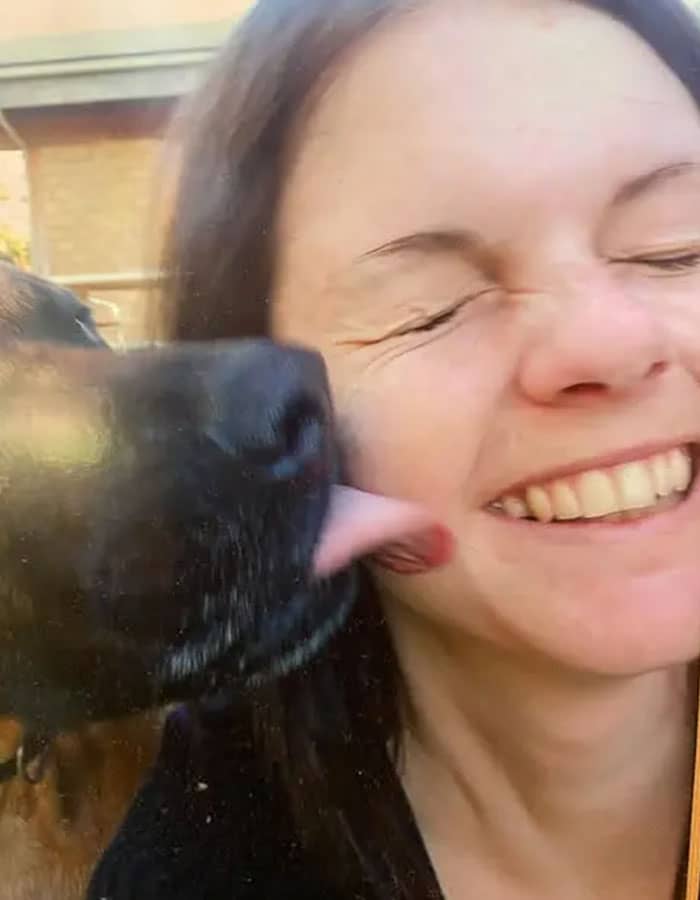
Unable to gain access, they called the police, who arrived 40 minutes later. With the dog secured, responders were able to climb onto Lackmann’s balcony from a neighboring unit. That’s when they first saw her: motionless, on the floor—seven hours and eleven minutes after she first dialed 000.
Help arrived when she had already passed away
Lackmann was cold to the touch when paramedics reached her, suggesting she had been lifeless for some time. No resuscitation was attempted. A police examination of the apartment found no signs of foul play. Her phone, however, offered the first clues to what had happened.

“An email found on Christina’s phone showed that at 10:26 a.m. on April 21, 2021, an iHerb order of 90 x 200 mg caffeine tablets had been delivered to her apartment. Despite subsequent searches of Christina’s apartment, neither the caffeine tablets nor their packaging were found,” the report states.
The coroner would later confirm that caffeine tablets were indeed the cause, as Lackmann’s blood contained “very high dosages” of caffeine at a “potentially fatal concentration.”
It’s rare, but not impossible, for caffeine to be fatal
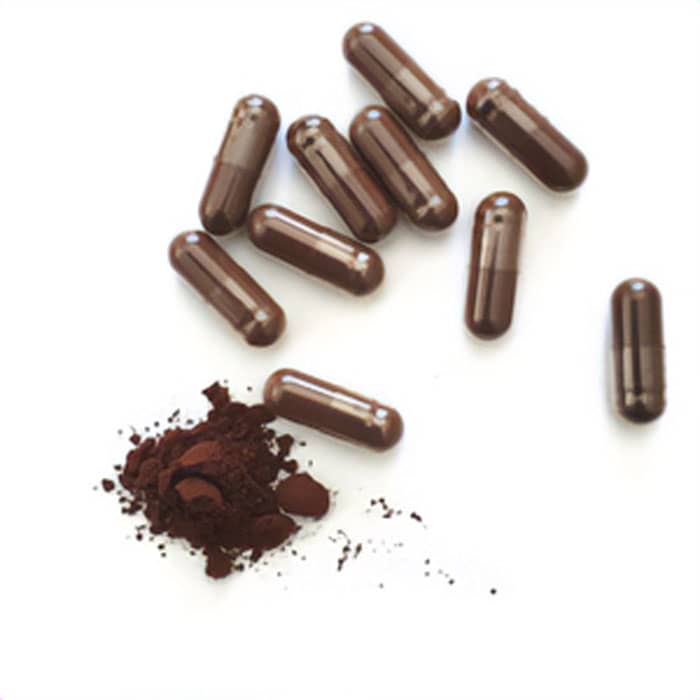
To better understand the events leading to her death, Australian authorities consulted Professor Narendra Gunja, a specialist in toxicology and emergency medicine.
He explained that while caffeine tolerance varies between individuals, most people begin showing symptoms at blood levels of 80 mg per liter.
Symptoms of excessive caffeine intake can include irregular heartbeat, seizures, and shock. However, even in such cases, caffeine-related deaths are rare, provided medical help is promptly administered.
Social media is divided over Lackmann’s tragic brush with caffeine
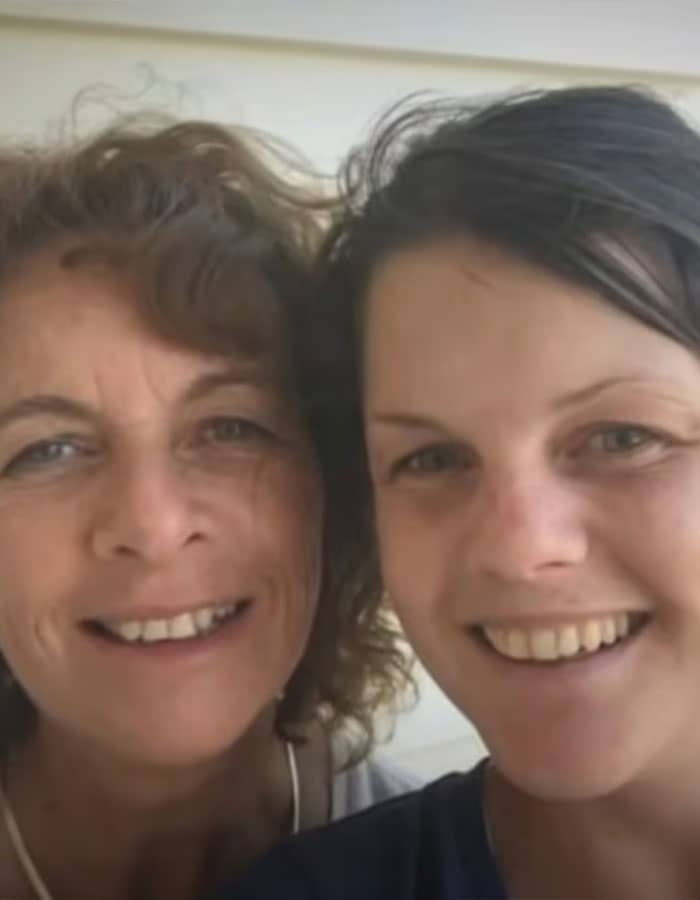
Social media users have since weighed in on the incident, with some expressing disbelief and others empathy.
“Seriously? I don’t think I could raise my caffeine intake any more if I tried,” one user commented. Another person claimed to have quit caffeine altogether after experiencing disturbing symptoms.
Lackmann’s passing has poses the question: “How much coffee is too much?”

